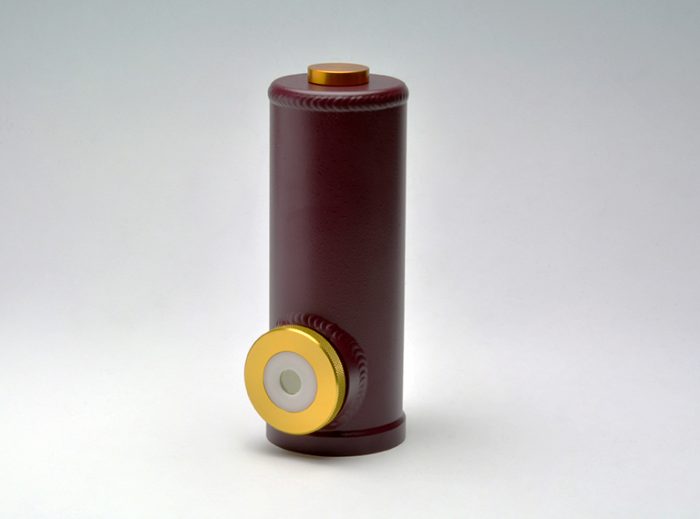Hamamatsu develops world’s first compound opto-semiconductor without harmful mercury and cadmium

Photo by Hamamatsu Photonics Europe GmbH
By utilizing compound opto-semiconductor manufacturing technology developed in-house over many years, Hamamatsu is the first in the world to succeed in mass-producing a compound opto-semiconductor (type-II superlattice infrared detector) not containing harmful mercury (Hg) and cadmium (Cd) but able to detect mid-infrared light to a wavelength of 14.3 micrometers (a micrometer, abbreviated μm, is one millionth of a meter).
Mercury and cadmium are common materials used for mid-infrared detectors but are restricted substances under the RoHS directive issued by EU (European Union) that prohibits use of certain hazardous substances in electrical and electronic products sold in the EU market. So the new product will likely replace currently available mid-infrared detectors that contain restricted substances. Hamamatsu’s new product will prove ideal for analytical instruments that rely on mid-infrared light to identify substances contained in the air, foods, and drugs. Hamamatsu started selling this new product to domestic and overseas analytical instrument manufacturers on September 2, 2019.
This new product was on display at the JASIS 2019 exhibition held in Makuhari Messe (Mihama-ku, Chiba-city, Japan) for 3 days from September 4 (Wed) to 6 (Fri). This is Asia’s largest exhibition of the latest in analytical and scientific instruments.
For more information, please visit http://www.hamamatsu.com.
News Categories
- » NEWS HOME
- » Automation & Robotics
- » Industry 4.0
- » Material Handling
- » Sensors
- » Quality & Testing
- » Machine Vision
- » Laser & Optics
- » Metalworking
- » Motion Control & Drives
- » Hydraulics & Pneumatics
- » Process Industry
- » Renewable Energy
- » Agriculture
- » Home & Office Furniture
- » Environmental Tech









